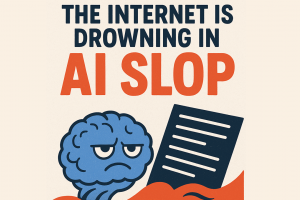US bank accounting: loan loss methodology riles Jamie Dimon
Jamie Dimon is always happy to offer up predictions about the wider world. Earlier this week, the JPMorgan Chase chief executive warned that an economic recession next year could sink the stock market by 20 per cent. He is less enthusiastic about employing his clairvoyance for his own bank’s financial statements.
In 2020, big US banks implemented the “current expected credit loss” reporting standard. CECL forces each institution to estimate the financial hit from bad lending well before any borrower distress has become probable or has occurred, as per the previous “incurred loss” method. The idea is that when skies darken, banks are already out in front of potential financial hits.
The adoption of CECL comes after critics accused financial institutions of tardiness in marking down their balance sheets and income statements before the 2008 financial crisis. As banks gear up to report third-quarter results, analysts expect them to collectively add $4bn to their credit provisions. That figure will be larger because of CECL. For now, credit losses remain muted. The storm has not arrived.
This story originally appeared on: Financial Times - Author:Tax Cognition

























